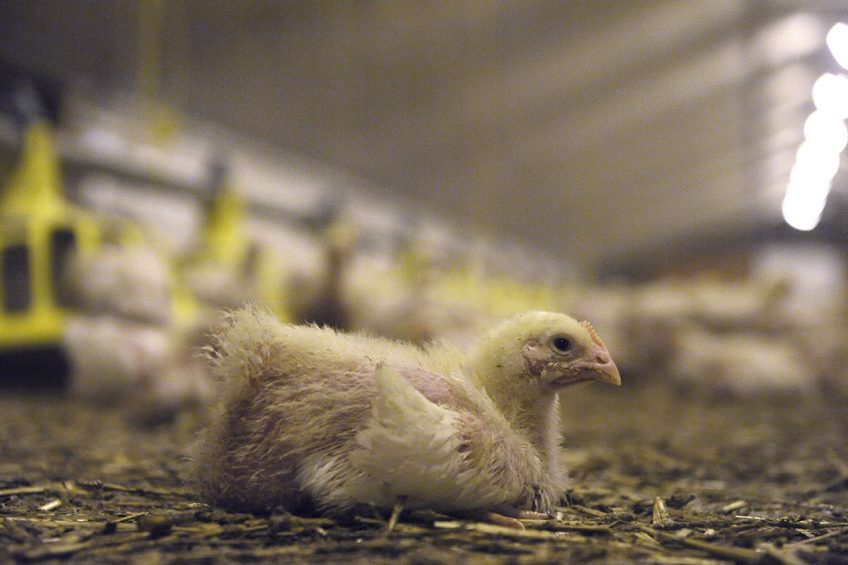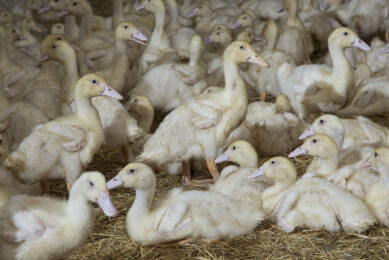High mortality rates in IBDV explained

Differences in virulence between strains of Infectious Bursal Disease Virus (IBDV) may be partly due to changes in a viral protein, according to UK researchers.
Scientists at the Pirbright Institute, Surrey, believe that the results of their research could help the poultry industry understand why very virulent (vv) strains cause high mortality rates in some commercial flocks. They say the study could also be used to inform vaccine research and surveillance efforts.
Infectious Bursal Disease Virus (IBDV)
IBDV is among the top 5 infectious diseases facing chickens and poses a continuous global threat through economic losses and welfare concerns. The virus infects cells of the immune system, meaning surviving birds are often susceptible to secondary infections and less responsive to vaccination programmes. The vv strains of IBDV first emerged in the 1980s and Pirbright researchers were the first to sequence their genome. These strains were more deadly than classical strains, but the reason for this is still poorly understood.
 New protocol for creating poultry disease vaccines shared
New protocol for creating poultry disease vaccines shared
Researchers at The Pirbright Institute have published their procedures on video for creating a vaccine that protects against Marek’s disease and infectious bursal disease (IBD) using a CRISPR/Cas 9 gene editing system.
Antiviral response inhibited
In their study, published in Frontiers in Cellular and Infection Microbiology, the team compared a vv strain of IBDV to a less virulent classical field strain. They found that the vv IBDV inhibited the antiviral response of infected cells more than the classical strain. The researchers found that this was partly due to genetic variations in the VP4 protein, suggesting that it might contribute to IBDV virulence. Dr Andrew Broadbent, Head of the Birnavirus Group at Pirbright, said: “We saw higher levels of vv IBDV replication in cells than the classical strain, so it is possible that by preventing this antiviral response, the vv strains are able to replicate more efficiently, which gives them an advantage over the classical strains and encourages their spread and evolution.”
 Preventing vaccination failure in poultry flocks
Preventing vaccination failure in poultry flocks
From time to time, vaccination failure occurs when chickens do not develop adequate antibody titre levels or are susceptible to a field disease outbreak following vaccine administration. Poultry World sums up the factors necessary to avoid inadequate vaccine protection.
Vaccine development
Further exploration of the VP4 protein could prove useful for IBDV vaccine development, as the VP4 gene from less virulent strains could be inserted into vv strains to weaken them for use in vaccines. The new information could also be used to improve IBDV surveillance efforts and control strategies. For example, understanding the genetic signatures that increases the virulence of IBDV strains could be used to better inform national surveillance efforts in order to assess the potential threat of an emerging strain as early as possible.
The study was funded by the Biotechnology and Biological Sciences Research Council (BBSRC), part of UK Research and Innovation (UKRI)
 Beheer
Beheer











 WP Admin
WP Admin  Bewerk bericht
Bewerk bericht